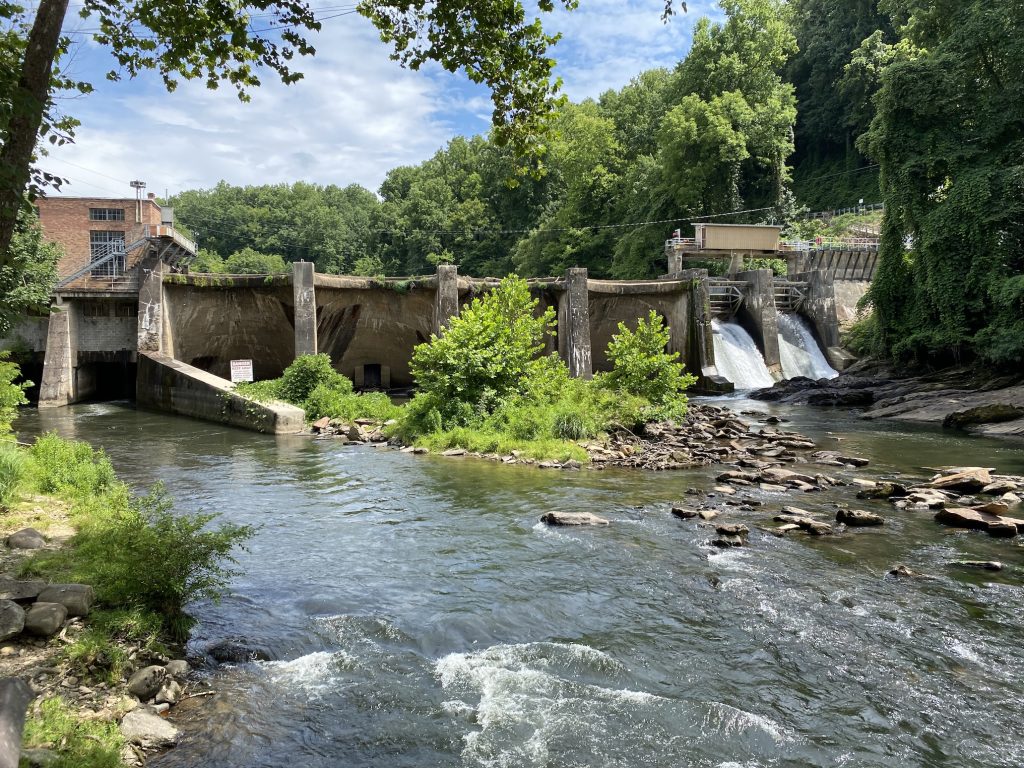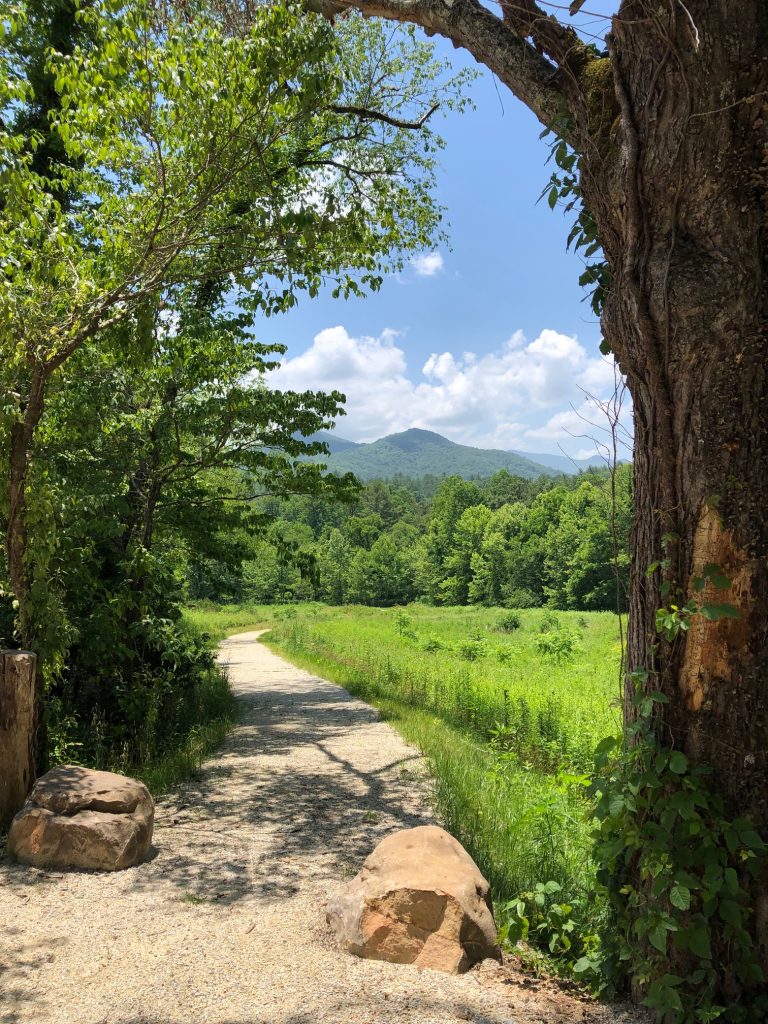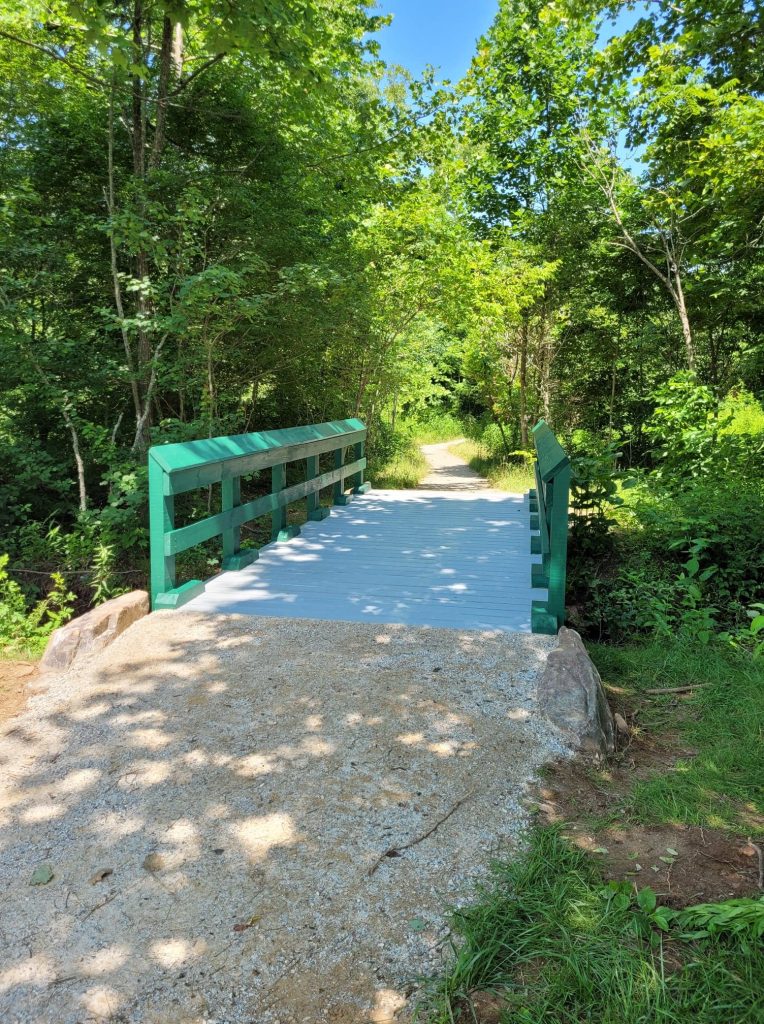“River snorkelers will get to experience our rivers through the fishes’ eyes and explore all of the unique and beautiful species that are hidden just under the surface,” according to the Western Region Aquatic Wildlife Diversity Coordinator, Luke Etchison, Ph.D. of the Wildlife Commission’s Inland Fisheries Division. “You’ll get the chance to see crayfishes, mussels, aquatic snails, salamanders, aquatic insects, and fishes you don’t normally see, even if you fish.”
Read more here.





